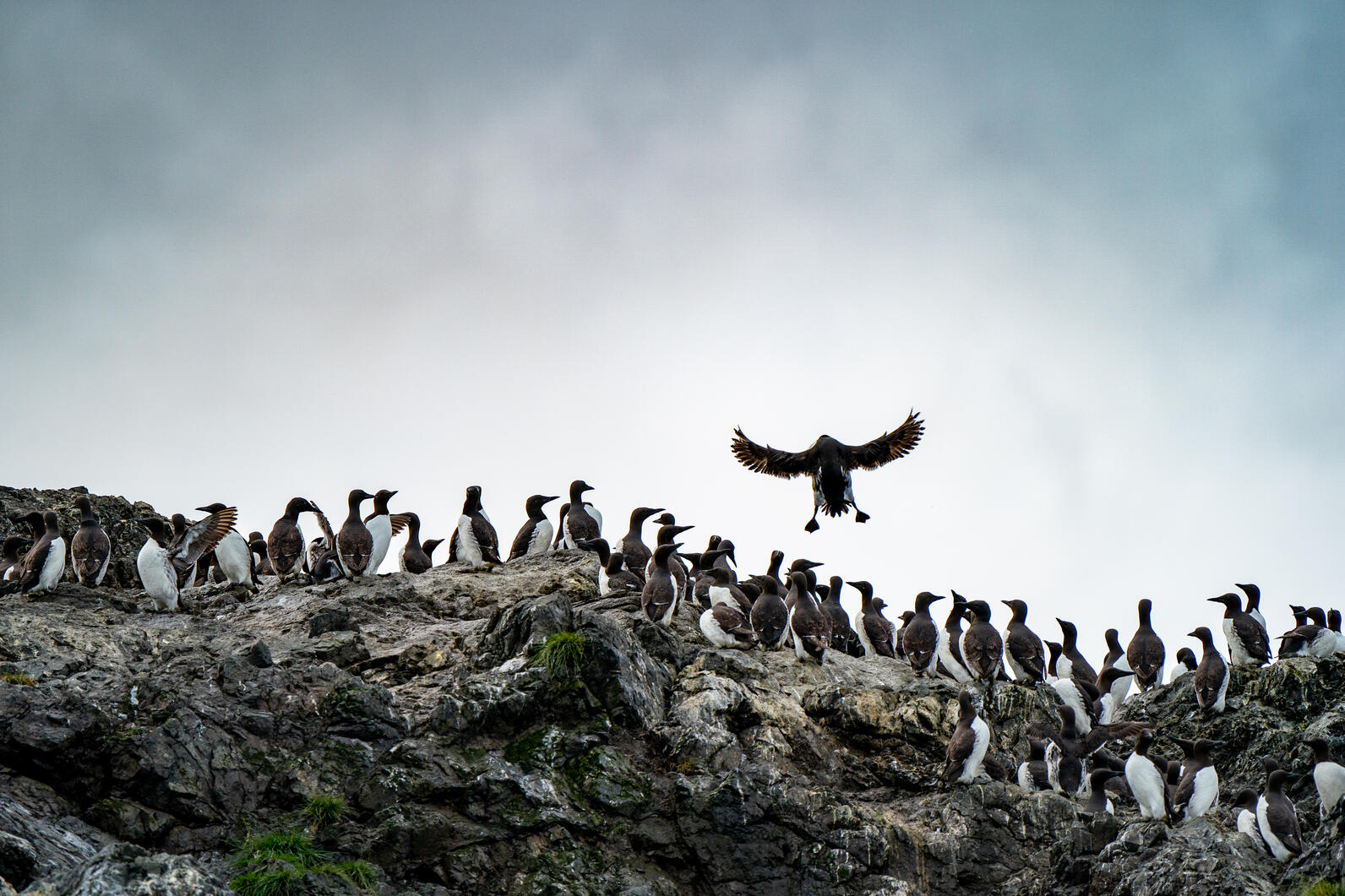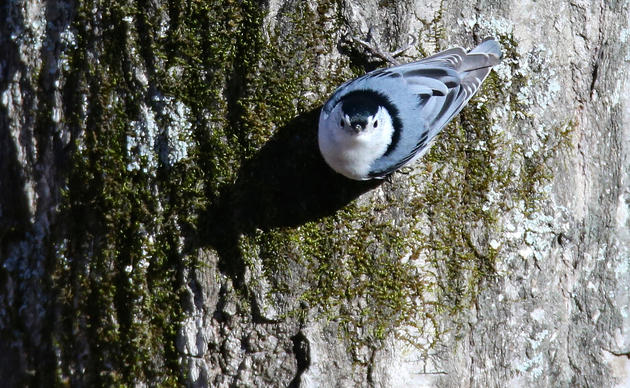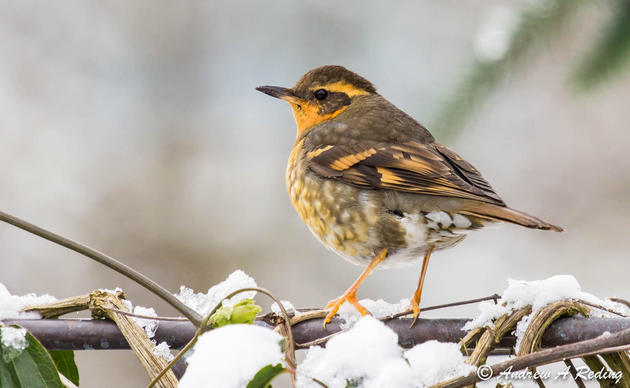The Puget Sound Seabird Survey (PSSS) is the only land-based, multi-month seabird survey in the southern Salish Sea, generating critical data that help scientists and conservationists understand the region’s marine bird populations.
This data has become essential for understanding marine bird populations in our region, including indicator species like Rhinoceros Auklet, which help track the health of Washington’s marine habitats.
Data from PSSS has even been incorporated into several projects, from a Birds Canada-led analysis of waterbird trends across the Salish Sea to University of Washington research on species patterns throughout Puget Sound. And Audubon Washington is excited to use the PSSS data in our upcoming Salish Sea State of the Birds report.

Now in its 18th year, PSSS relies on dedicated volunteers to monitor seabirds each winter. From the Strait of Juan de Fuca to the San Juan Islands, trained participants survey more than 175 sites, recording everything from loons and scoters to cormorants, murres, murrelets, and, on lucky days, puffins. Raptors such as eagles, hawks, and falcons are also noted, since their presence can influence seabird behavior. Altogether, these surveys capture a consistent picture of seabird density across more than 5,400 acres of marine habitat.

Founded in 2007 by Birds Connect Seattle, formerly Seattle Audubon, and coordinated today by the Puget Sound Bird Observatory (PSBO), PSSS demonstrates the power of community science in shaping regional conservation. While volunteer spots for the launch of the 2025 season are mostly filled, the program always continues to offer exciting opportunities for anyone who wants to contribute to monitoring and protecting Washington’s seabirds. To learn more about this program, how it works, and how you can get involved, visit the PSBO website at https://www.pugetsoundbirds.org/about-psss.



